Home>Garden Essentials>How To Set Up Play Area On A Steep Hill
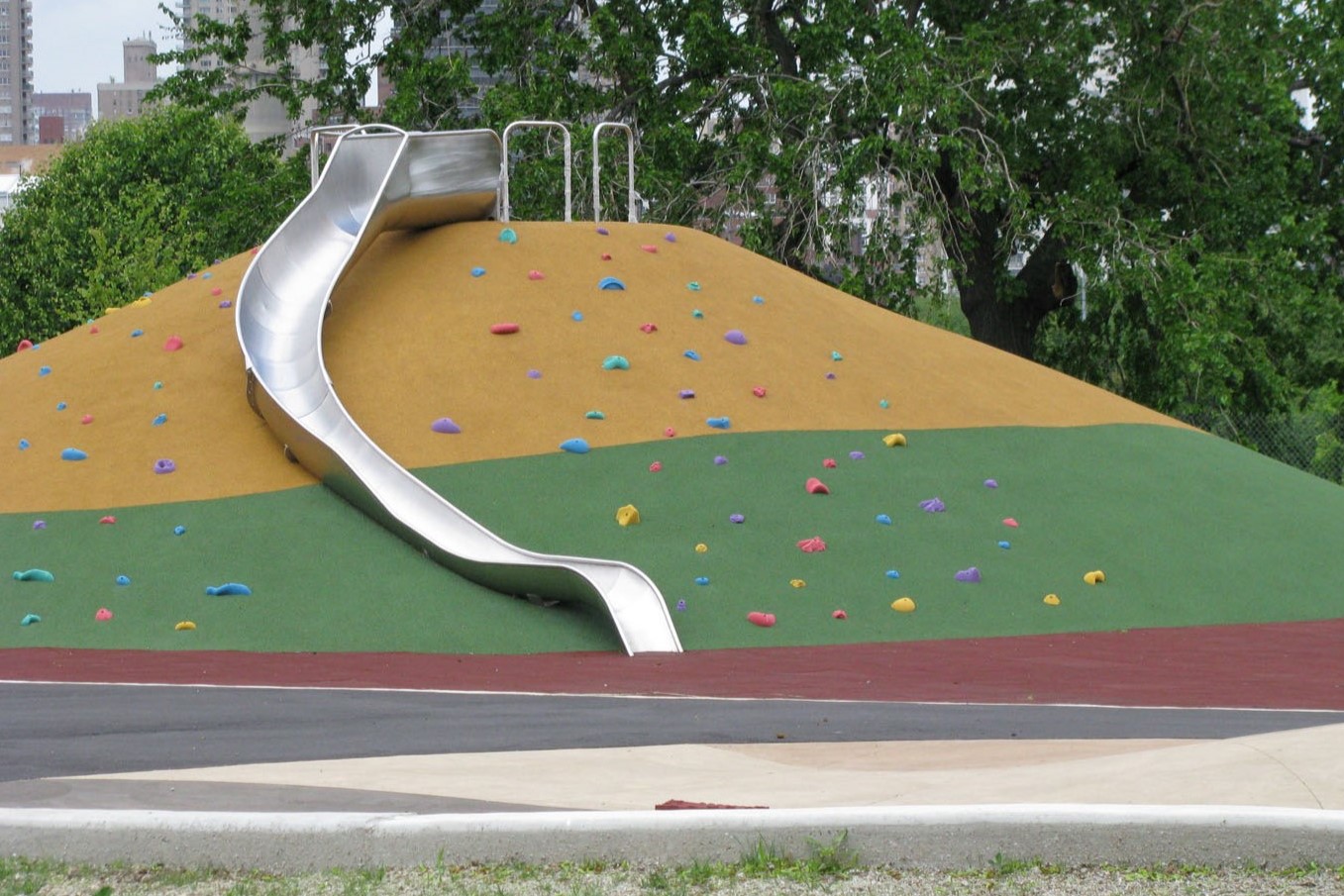

Garden Essentials
How To Set Up Play Area On A Steep Hill
Modified: March 7, 2024
Learn how to create a safe and enjoyable garden play area on steep hills with our step-by-step guide. Transform your outdoor space into a fun-filled haven for kids.
(Many of the links in this article redirect to a specific reviewed product. Your purchase of these products through affiliate links helps to generate commission for Storables.com, at no extra cost. Learn more)
Introduction
Welcome to the wonderful world of gardening! Whether you are a seasoned green thumb or just starting out, creating and maintaining a beautiful garden is a rewarding and fulfilling endeavor. In this article, we will explore the essential techniques and tips to help you transform your garden into a stunning paradise.
Gardening is not just about growing plants; it is an art form that requires careful planning, creativity, and knowledge of the different elements that contribute to a thriving garden ecosystem. From selecting the right plants for your climate to utilizing proper planting and maintenance techniques, every step plays a crucial role in achieving success.
One key aspect of gardening is understanding the importance of soil health. The quality of your soil directly impacts the growth and development of your plants. By ensuring your soil is well-drained, nutrient-rich, and properly pH balanced, you can create the perfect environment for your plants to flourish. Consider conducting a soil test to determine its composition and to make any necessary amendments.
In addition to soil health, providing adequate water is essential for the vitality of your garden. Understanding the watering needs of different plants and adjusting your watering schedule accordingly will help prevent overwatering or underwatering, both of which can have detrimental effects on plant health. Consider investing in a drip irrigation system or using mulch to conserve water and maintain moisture levels.
Another crucial factor in garden success is selecting the right plants for your specific climate and growing conditions. Different plants have different requirements in terms of sunlight, temperature, and humidity. Conduct thorough research or consult with local garden centers to identify the plants that are suitable for your area. By choosing native or drought-resistant plants, you can conserve water and reduce the need for extra maintenance.
As you plan your garden layout, think about the overall aesthetic appeal you want to achieve. Consider factors such as color schemes, plant heights, and contrasting textures to create a visually striking and harmonious garden. Incorporate elements such as pathways, garden structures, and focal points to add interest and depth to your outdoor space.
Finally, successful gardening requires a commitment to regular maintenance. Regular weeding, pruning, and fertilizing will keep your garden looking its best. Stay vigilant for signs of pest infestation or disease and take prompt action to prevent widespread damage. Remember to stay connected to your garden by immersing yourself in its beauty and taking the time to observe and appreciate the wonders of nature.
With this comprehensive guide, you are well-equipped to embark on your gardening journey. Dream big, experiment, and enjoy the process of creating your own personal haven of tranquility and beauty. Happy gardening!
Key Takeaways:
- Creating a safe and fun play area on a steep hill involves assessing the area, clearing and leveling the ground, installing safety measures, selecting suitable play equipment, and adding finishing touches to enhance the space.
- Prioritize safety, creativity, and imagination when designing the play area. Incorporate diverse play zones, consider inclusive features, and encourage children to connect with nature while enjoying the space.
Read more: How To Cut Grass On A Steep Hill
Assessing the Steep Hill Area
When it comes to setting up a play area on a steep hill, it is important to first assess the area and understand its unique characteristics. This will help you determine the best approach for creating a safe and enjoyable space for children to play.
Start by evaluating the slope of the hill. Is it gentle or steep? The degree of incline will influence the type of play equipment and safety measures you will need to install. Steeper slopes may require additional stabilization measures to ensure the play area is secure.
Next, consider the size of the hill and the available space. Take measurements and ensure there is enough room to accommodate the play equipment and any necessary safety buffers. Keep in mind that you will also need space for children to move around and play freely.
Observe the natural features of the hill, such as trees, rocks, or other obstacles. Identify any potential hazards or objects that may need to be removed or addressed to create a safe play environment. Additionally, take note of any drainage issues or erosion concerns that may affect the stability of the hill.
Assess the accessibility of the area. Consider how children and caregivers will navigate the hill, and ensure there are clear pathways and steps for safe movement. If necessary, you may need to construct sturdy stairs or pathways to facilitate easy access.
Lastly, take note of the surrounding environment. Consider factors such as sunlight exposure, wind patterns, and privacy. These aspects will impact the comfort and usability of the play area. For example, you may need to provide shade structures or plant trees to create a cooler and more enjoyable space during hot summer months.
By thoroughly assessing the steep hill area, you will gain valuable insights into its unique challenges and opportunities. This information will guide your decision-making process as you move forward with clearing, leveling, and setting up the play area.
Clearing and Leveling the Area
Once you have assessed the steep hill area and identified the necessary steps to create a safe play space, the next phase is to clear and level the area. This process ensures a stable foundation for the play equipment and minimizes the risk of accidents or injuries.
Start by removing any vegetation, such as weeds, bushes, or trees, that may obstruct the play area or pose a safety hazard. Clearing the vegetation will also allow you to have a better view of the hill’s slope and make it easier to level the ground.
If there are large rocks or debris on the hill, you will need to clear them as well. Use appropriate tools, such as shovels, rakes, and wheelbarrows, to remove any obstructions. Take caution when handling heavy objects and enlist the help of others if necessary.
Once the area is cleared, the next step is to level the ground. This is crucial for creating a stable surface on which the play equipment will be installed. Use a level or other leveling tools to ensure that the ground is flat and even.
If the hill has a significant slope, you may need to consider terracing or building retaining walls to create level areas for the play equipment. This will help prevent the equipment from sliding or tilting, ensuring the safety of the children using it. Consult with a professional or a local landscaping expert if you are unsure about the best approach for your specific hill.
Add soil or fill material as needed to achieve the desired level. Compact the soil to create a firm base, using a tamper or other suitable equipment. This will provide stability and prevent the ground from shifting or settling over time.
During the clearing and leveling process, it is important to keep safety as a top priority. Check the area for potential hazards, such as hidden tree stumps, large rocks, or sharp objects, and remove them before proceeding. Take precautions to avoid injury, such as wearing appropriate protective gear and using proper lifting techniques.
By clearing and leveling the area, you will create a safe and solid foundation for the play equipment. This will ensure that it is securely installed and provide a level surface for children to play and have fun. With a cleared and leveled space, you are ready to move on to the next phase of setting up the play area.
Installing Safety Measures
When creating a play area on a steep hill, safety should be a paramount concern. Installing appropriate safety measures will help minimize the risk of accidents and injuries, providing a secure and enjoyable space for children to play. Here are some essential safety measures to consider:
1. Fencing: Install a sturdy fence around the perimeter of the play area. This will help keep children safely contained and prevent them from wandering off. Choose a fence that is specifically designed for child safety and meets the necessary safety standards.
2. Soft Surfacing: Consider installing a soft or impact-absorbing surface under the play equipment. This can help cushion falls and reduce the risk of injuries. Options include rubber mulch, wood chips, or rubberized playground tiles. Ensure that the surfacing material is properly installed and maintained.
3. Padded Edging: Use padded edging materials, such as rubber or foam, around the play equipment to provide an extra layer of protection. This will help prevent accidental trips and falls onto hard surfaces or sharp edges.
4. Safety Signage: Display age-appropriate safety signage that includes rules and guidelines for children using the play area. This can help educate children about proper behavior and minimize the risk of accidents.
5. Secure Equipment Anchoring: Ensure that all play equipment is securely anchored to the ground. This will prevent them from tipping or shifting during use. Follow the manufacturer’s instructions for proper installation and maintenance of the equipment.
6. Controlled Access: Establish controlled access points to the play area by installing gates or barriers. This will allow proper supervision and monitoring of children using the play equipment and prevent unauthorized access.
7. Regular Inspections: Routinely inspect the play area and equipment for any signs of wear, damage, or hazards. Address any issues promptly to maintain a safe environment for children. Consider setting up a maintenance schedule to ensure regular inspections and repairs.
8. Supervision: Always have adult supervision present when children are using the play area. This ensures immediate assistance in case of emergencies and provides an extra layer of safety.
Remember, no safety measure is foolproof, and parental supervision is crucial. Regularly educate children about playing safely and encourage them to follow the established rules and guidelines to minimize the risk of accidents.
By implementing these safety measures, you can create a secure play area on a steep hill, providing children with a safe and enjoyable space to explore, play, and develop their skills.
Creating Play Zones
When setting up a play area on a steep hill, creating distinct play zones can help maximize the usability and enjoyment of the space. By organizing the area into different zones, you can cater to different interests and age groups, ensuring that there is something for everyone. Here’s how you can create play zones:
1. Active Play Zone: Dedicate a portion of the play area for active play. This zone can include equipment such as swings, climbing frames, monkey bars, and slides. Ensure that there is enough space for children to move around and engage in physical activities.
2. Imaginative Play Zone: Designate an area where children can unleash their imagination and engage in pretend play. This zone can include features like a playhouse, sandbox, or a designated area with props for role-playing. Consider incorporating natural elements such as logs or tree stumps for added play value.
3. Sensory Play Zone: Create space for sensory play where children can engage their senses. This can include a water play area, musical instruments, or a sensory garden with plants of various textures and scents. Enhance this zone with materials like sand, rocks, or pebbles to encourage tactile exploration.
4. Quiet and Relaxation Zone: Allocate a peaceful area where children can unwind and take a break. This can include seating areas, hammocks, or cozy nooks with cushions or bean bags. Add shade with umbrellas or trees for comfort, creating a tranquil spot for reading or quiet activities.
5. Nature Exploration Zone: Promote an appreciation for nature by creating a designated area for exploration. This can include a small garden or nature trail where children can learn about different plants, insects, or wildlife. Incorporate educational elements like magnifying glasses, bug houses, or bird feeders.
6. Artistic Expression Zone: Set aside an area for artistic activities where children can unleash their creativity. This can include an outdoor art easel, chalkboard, or a designated space for painting or crafting. Provide materials like washable paints, brushes, and art supplies to encourage self-expression.
When creating play zones, ensure there is a smooth flow between the different areas. Use pathways or stepping stones to connect the zones and make navigation easy and safe for children. Consider using natural materials like mulch or river rocks for the paths to blend in with the landscape.
Remember to incorporate proper drainage in each zone to prevent water accumulation and ensure a safe play environment. If necessary, consult with a landscaping professional to address any drainage challenges specific to your steep hill area.
Creating distinct play zones in your play area will provide children with a wide range of experiences and opportunities for play and exploration. It enhances their creativity, motor skills, and cognitive development, fostering a well-rounded play environment on the steep hill.
Consider terracing the hill to create level areas for play. Use retaining walls or landscaping timbers to create flat surfaces. Ensure proper drainage to prevent erosion. Install safety barriers or fencing to prevent falls.
Read more: How To Set Up Play Area With Vive
Selecting Play Equipment
Choosing the right play equipment is a crucial step in creating a fun and engaging play area on a steep hill. The equipment you select should be age-appropriate, durable, and safe for children to use. Here are some factors to consider when selecting play equipment:
1. Safety Standards: Ensure that the play equipment meets the necessary safety standards, such as those established by ASTM International or the Consumer Product Safety Commission. Look for equipment with appropriate safety certifications to ensure it is designed and manufactured with child safety in mind.
2. Age Range: Consider the age range of the children who will be using the play area. Choose equipment that is suitable for their developmental stage and physical abilities. Separate play equipment or designate specific areas for different age groups to ensure age-appropriate play experiences.
3. Playground Features: Look for a variety of play features that promote physical activity, balance, coordination, and imaginative play. This can include swings, slides, climbing structures, balance beams, and tunnels. Aim for a good balance between challenging and achievable activities.
4. Space Requirements: Take into account the available space on the hill and select play equipment that fits within the designated area. Ensure there is enough space for children to move around and play without overcrowding the area.
5. Durability and Maintenance: Choose play equipment made of sturdy and weather-resistant materials that can withstand outdoor elements. Opt for equipment that requires minimal maintenance and has been designed to prevent wear and tear, especially in high-use areas.
6. Inclusive Design: Consider play equipment that accommodates children with different abilities. Look for inclusive features, such as wheelchair-accessible ramps, swings with harnesses, or sensory elements that can be enjoyed by children of all abilities.
7. Budget: Determine your budget for play equipment and select options that align with your financial constraints. Keep in mind that investing in high-quality and durable equipment may offer better long-term value and reduce the need for frequent replacements or repairs.
8. Manufacturer Reputation: Research the reputations of different manufacturers or suppliers to ensure you are purchasing from a reputable source. Read reviews, check for warranties, and consider their track record in producing safe and well-designed play equipment.
As you select play equipment, also consider the theme or aesthetic you want to create in your play area. Choose equipment that complements the overall design and enhances the visual appeal of the space.
Remember, it’s important to follow the manufacturer’s installation instructions carefully to ensure the equipment is safely and securely installed on the steep hill. Regularly inspect the equipment for signs of wear or damage and address any issues promptly to maintain a safe play environment.
By thoughtfully selecting play equipment, you can create an exciting and engaging play area on your steep hill that promotes physical activity, imagination, and fun for children of all ages.
Securing the Play Equipment
Once you have selected the appropriate play equipment for your play area on a steep hill, it is essential to secure it properly to ensure the safety and stability of the structure. Securing the play equipment will help prevent tipping, shifting, or any accidents that may occur during play. Here are some key steps to follow when securing the play equipment:
1. Read the Manufacturer’s Instructions: Carefully read and follow the installation instructions provided by the manufacturer. These instructions are specific to the equipment you have chosen and will provide guidance on the recommended installation process.
2. Prepare the Ground: Clear and level the area where the play equipment will be installed. Remove any debris, rocks, or obstructions that may interfere with the equipment’s stability. Ensure that the ground is firm and compacted to provide a solid foundation.
3. Anchor Points: Identify the anchor points on the play equipment. These are typically located at the base or legs of the structure. Follow the manufacturer’s guidelines for the number and placement of anchor points to ensure proper stability.
4. Ground Anchoring: Install ground anchors to secure the play equipment to the ground. Depending on the equipment, this may involve using stakes, anchors, or concrete footings. Determine the appropriate anchoring method based on the specific instructions provided by the manufacturer.
5. Secure with Hardware: Use the recommended hardware provided by the manufacturer to secure the play equipment. This may include bolts, screws, or other fasteners. Ensure that all hardware is tightened securely and periodically check for any loosening or wear over time.
6. Follow Weight Limits: Ensure that the play equipment is used within the recommended weight limits specified by the manufacturer. Exceeding the weight limits can put additional strain on the structure, compromising its stability and safety.
7. Regular Inspections: Conduct regular inspections of the play equipment to ensure that it remains securely anchored. Check for any signs of damage, wear, or loosening of hardware. Promptly address any issues by tightening or replacing hardware as necessary.
8. Weather Considerations: Take weather conditions into account when securing the play equipment. Strong winds, heavy rain, or other severe weather events can affect the stability of the structure. Consider adding additional anchoring or taking temporary precautions during such conditions.
It is worth noting that the process of securing play equipment may vary depending on the specific design and manufacturer’s instructions. If you are unsure about any aspect of the installation process or have concerns regarding the stability of the play equipment, consult with a professional installer or contact the manufacturer directly for guidance.
By properly securing the play equipment, you can create a safe and stable environment for children to enjoy. This will give you peace of mind and ensure that children can play and have fun without the risk of accidents or injuries due to unstable equipment.
Adding Finishing Touches
Once the play equipment is secured and the play zones are set up, it is time to put the finishing touches on your play area on a steep hill. These final touches will help enhance the overall appeal and functionality of the space. Here are some ideas for adding those finishing touches:
1. Landscaping: Incorporate landscaping elements to blend the play area with the surrounding environment. Plant shrubs, flowers, or grasses around the play area to add color and visual interest. Consider using native plants that are well-suited to your climate and require minimal maintenance.
2. Mulch or Safety Surfacing: Apply a layer of mulch or safety surfacing material under and around the play equipment. This will help cushion falls and reduce the risk of injuries. Choose a material that is safe, durable, and visually appealing to complement the play area.
3. Seating and Shade: Install benches or seating areas near the play equipment for parents or caregivers to comfortably observe and supervise children. Consider adding shade structures, umbrellas, or pergolas to provide relief from the sun and create a more comfortable space.
4. Storage Solutions: Incorporate storage solutions for keeping play equipment, toys, or gardening tools organized. Install storage boxes, bins, or hooks that are easily accessible and visually appealing. This will help maintain a tidy play area and prevent clutter.
5. Creative Signage: Add creative and informative signage to the play area. Use signs to label different zones, provide instructions on how to use equipment safely, or showcase any unique features of the play area. Incorporate colorful and engaging designs to capture children’s attention.
6. Lighting: Install suitable lighting options to extend playtime into the evening hours. Use pathway lights or low-voltage lighting to illuminate walkways and play equipment. Consider installing solar-powered lights for an eco-friendly and cost-effective solution.
7. Educational Elements: Integrate educational elements within the play area. Incorporate learning panels or signs that provide interesting information about nature, insects, or animals. Create sensory gardens with plants that stimulate different senses, such as touch, smell, or sound.
8. Personalized Details: Add personal touches to make the play area unique and special. Consider adding artwork, hand-painted murals, or custom-made features that reflect the interests of your family. This can include personalized signs, handprints, or colorful decorations created by the children themselves.
Remember to periodically assess and maintain the finishing touches to ensure they remain in good condition and continue to enhance the play area. Make adjustments as needed, such as refreshing the mulch, replacing damaged signage, or updating the landscaping to keep the play area looking fresh and inviting.
With these finishing touches, your play area on the steep hill will be transformed into an inviting and engaging space for children to explore, play, and create lasting memories.
Conclusion
Creating a play area on a steep hill can be a challenging yet rewarding endeavor. By following the steps outlined in this article, you can transform your steep hill into a safe, functional, and enjoyable play space for children of all ages. Remember to assess the area, clear and level the ground, install safety measures, and select appropriate play equipment. Secure the equipment properly and add the finishing touches to enhance the overall appeal of the space.
Throughout the process, prioritize safety by adhering to established guidelines and standards. Regularly inspect and maintain the play area to ensure its continued safety and durability.
In addition to the practical aspects, emphasize creativity and imagination in the design of the play area. Incorporate engaging play zones, consider inclusive features, and create opportunities for children to explore and express themselves through play. By fostering a diverse and stimulating environment, you can encourage children to develop their physical, social, and cognitive skills.
Remember that gardening is a continuous journey. As the play area evolves and matures, continue to adapt and improve the space based on the changing needs and interests of the children. Regularly seek feedback from the children and their caregivers to ensure the play area remains engaging and enjoyable for everyone.
Above all, let the play area on the steep hill foster a love and appreciation for nature. Encourage children to explore the surrounding environment, interact with plants and wildlife, and learn about the wonders of the natural world. Create a space where children can connect with nature, letting their imaginations soar and their curiosity flourish.
As you embark on this exciting endeavor, remember that the journey of creating a play area on a steep hill is as rewarding as the destination itself. Enjoy the process, embrace the challenges, and take pride in the transformation you have made to provide children with a safe and inviting space to play, learn, and grow.
Frequently Asked Questions about How To Set Up Play Area On A Steep Hill
Was this page helpful?
At Storables.com, we guarantee accurate and reliable information. Our content, validated by Expert Board Contributors, is crafted following stringent Editorial Policies. We're committed to providing you with well-researched, expert-backed insights for all your informational needs.
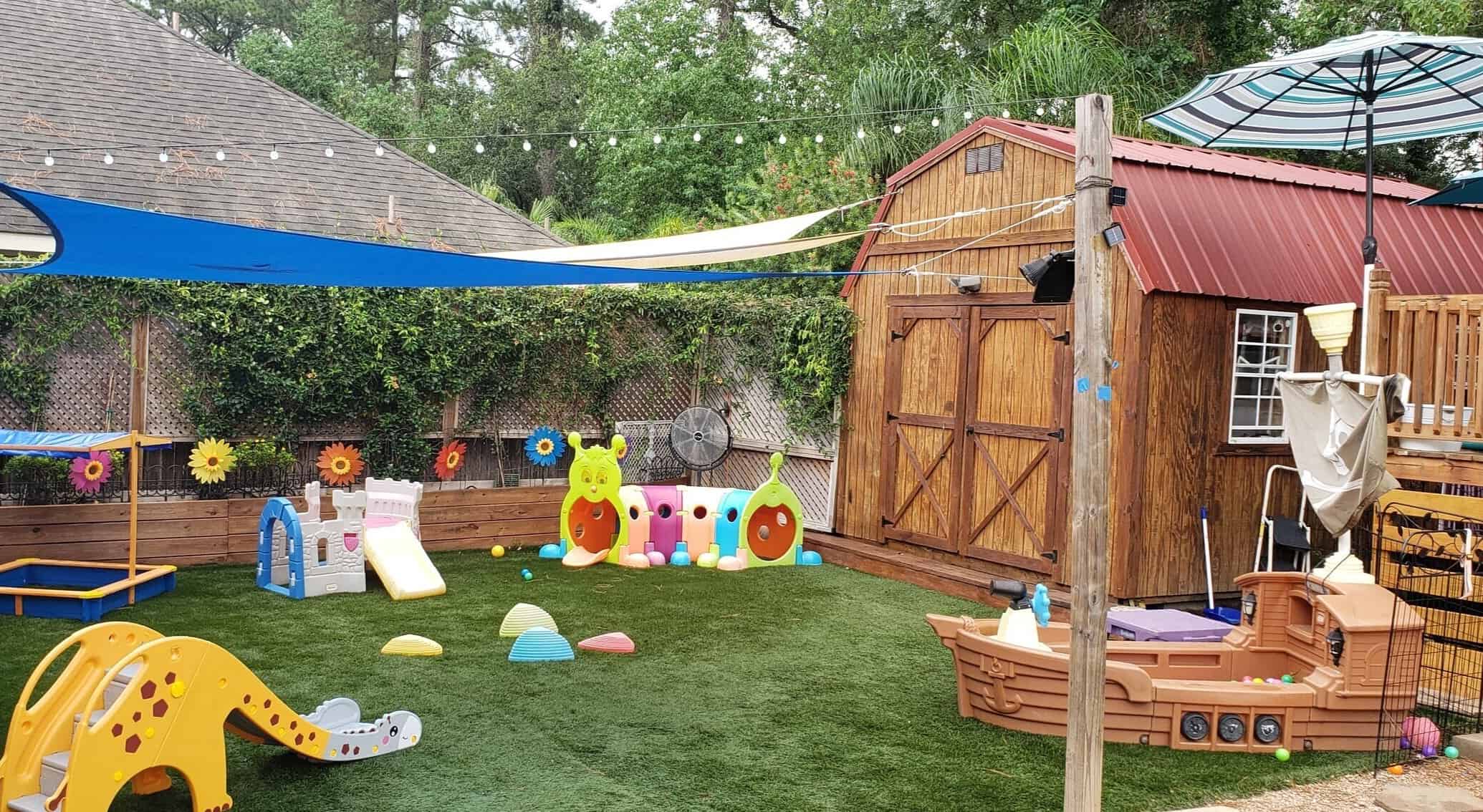
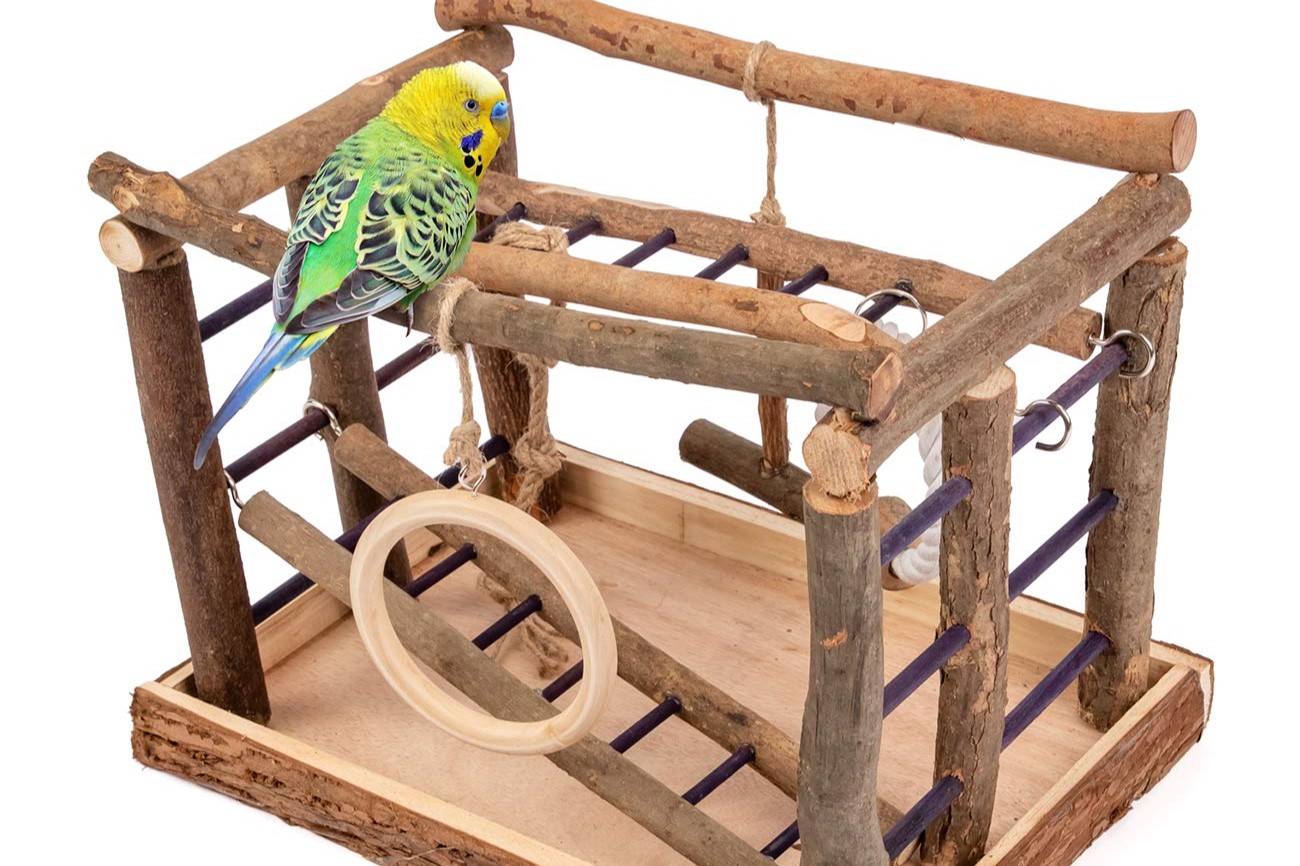
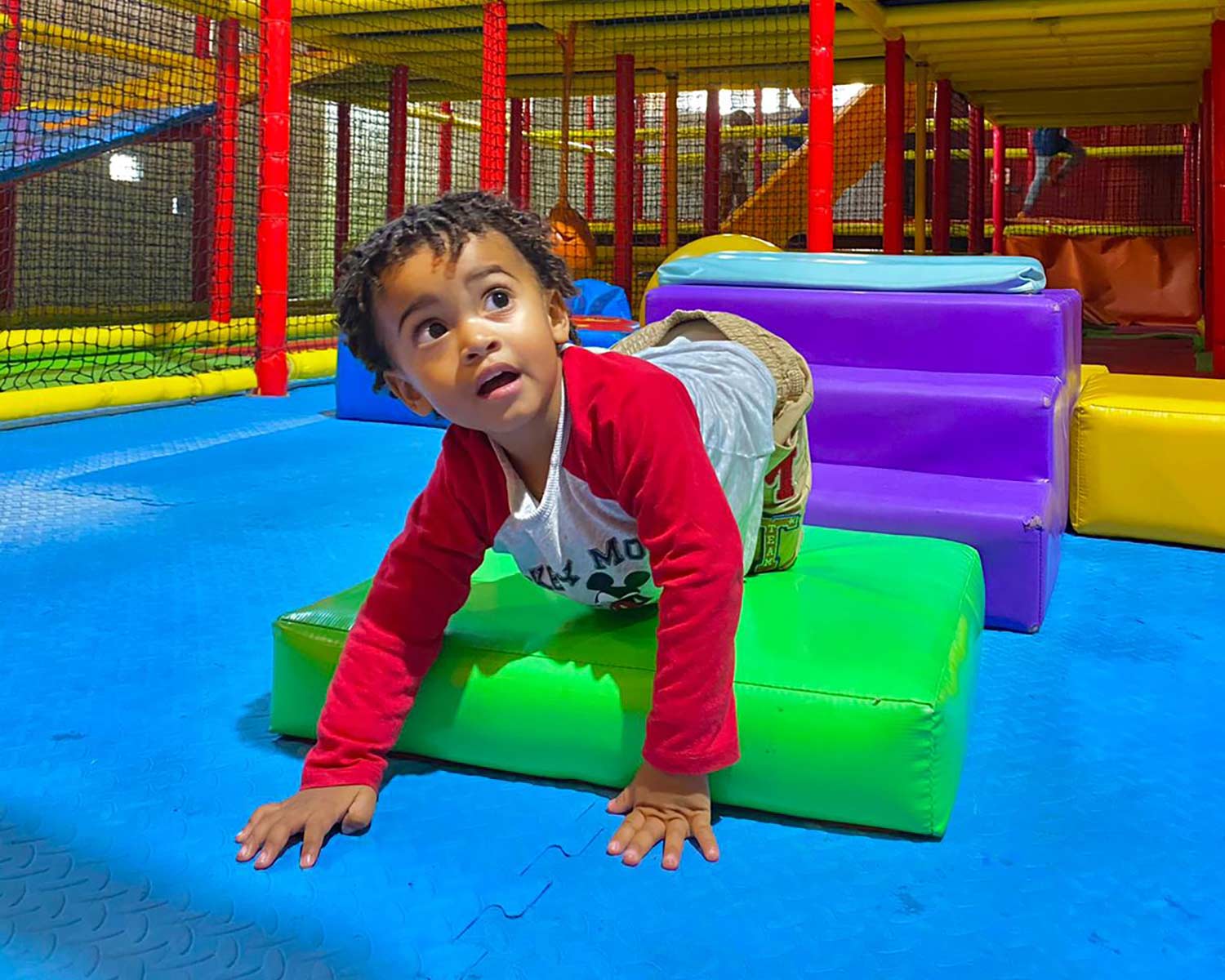
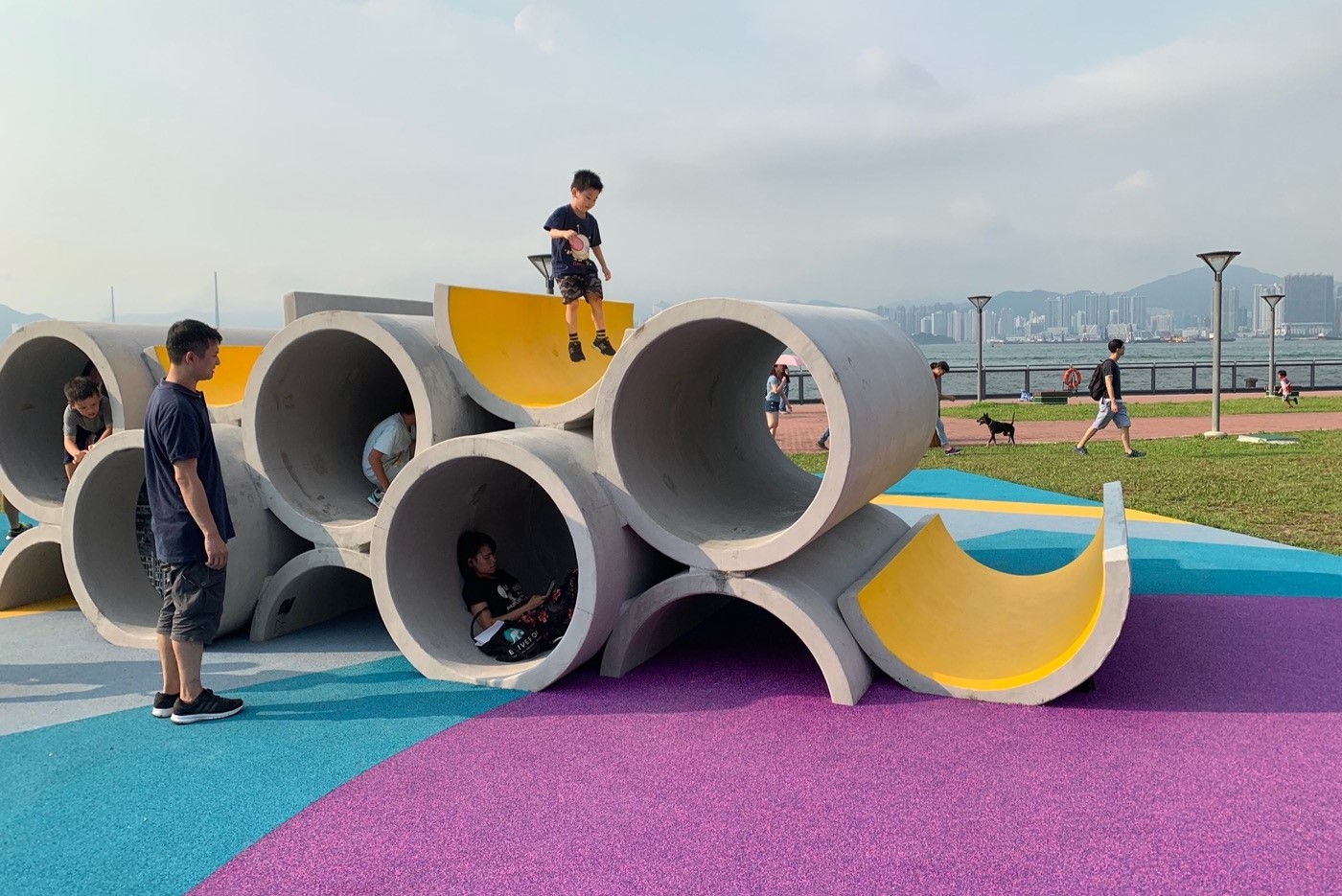
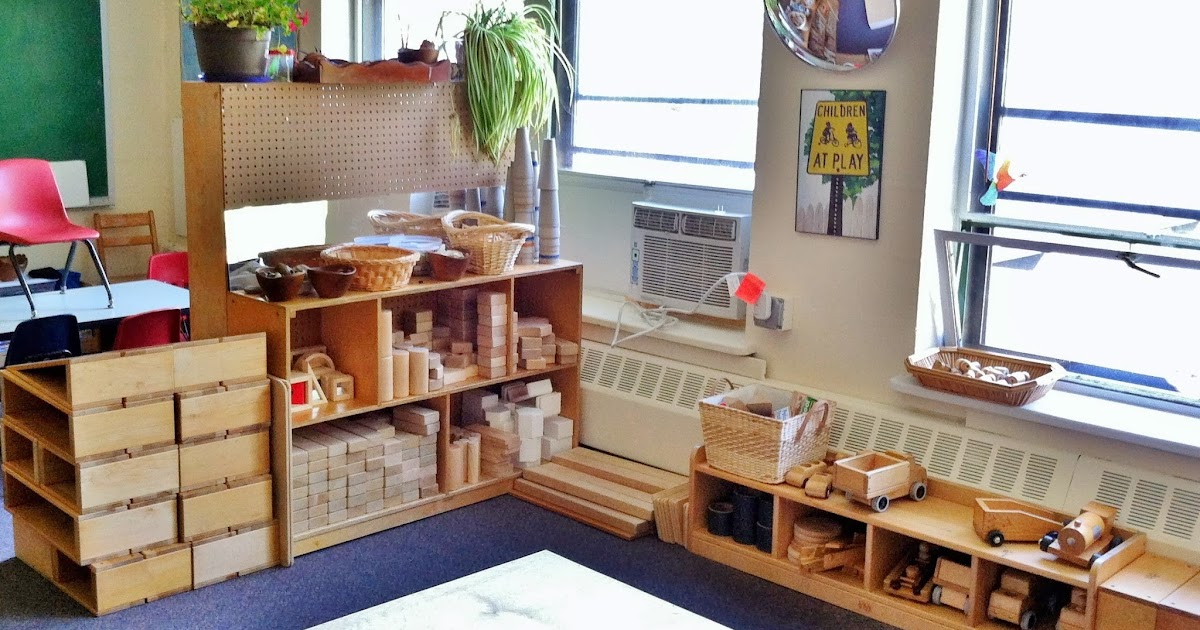
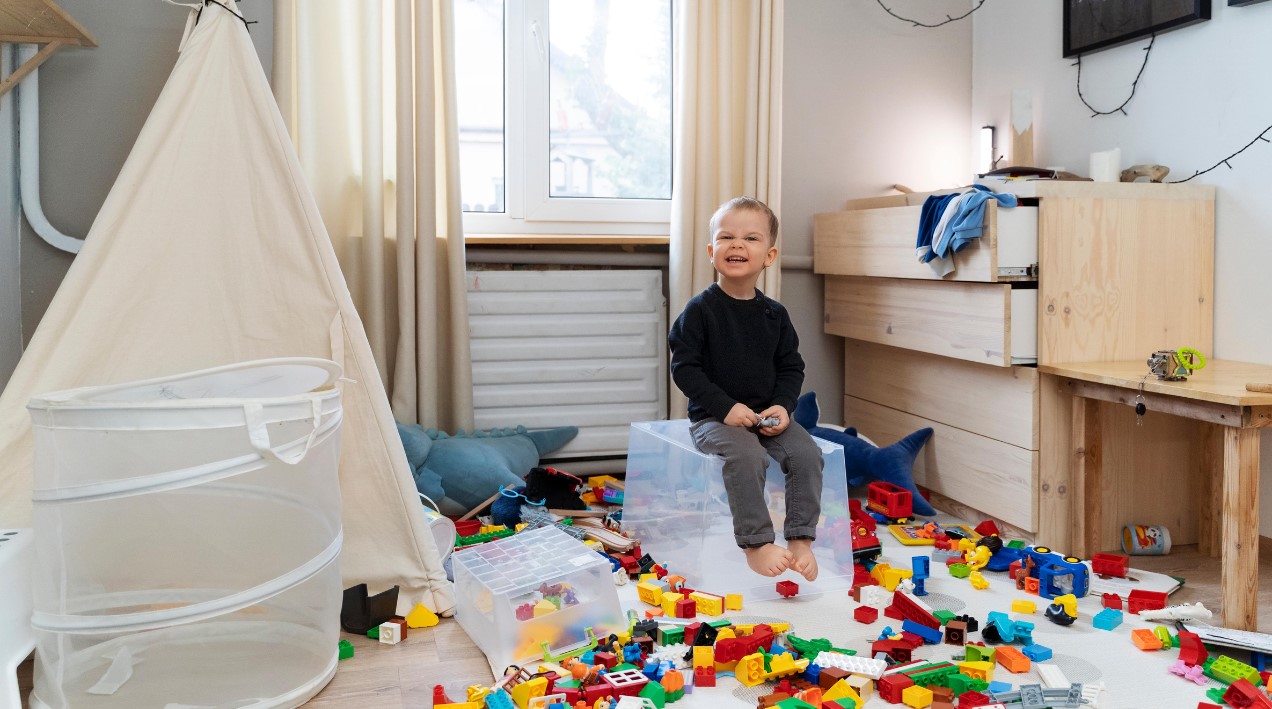


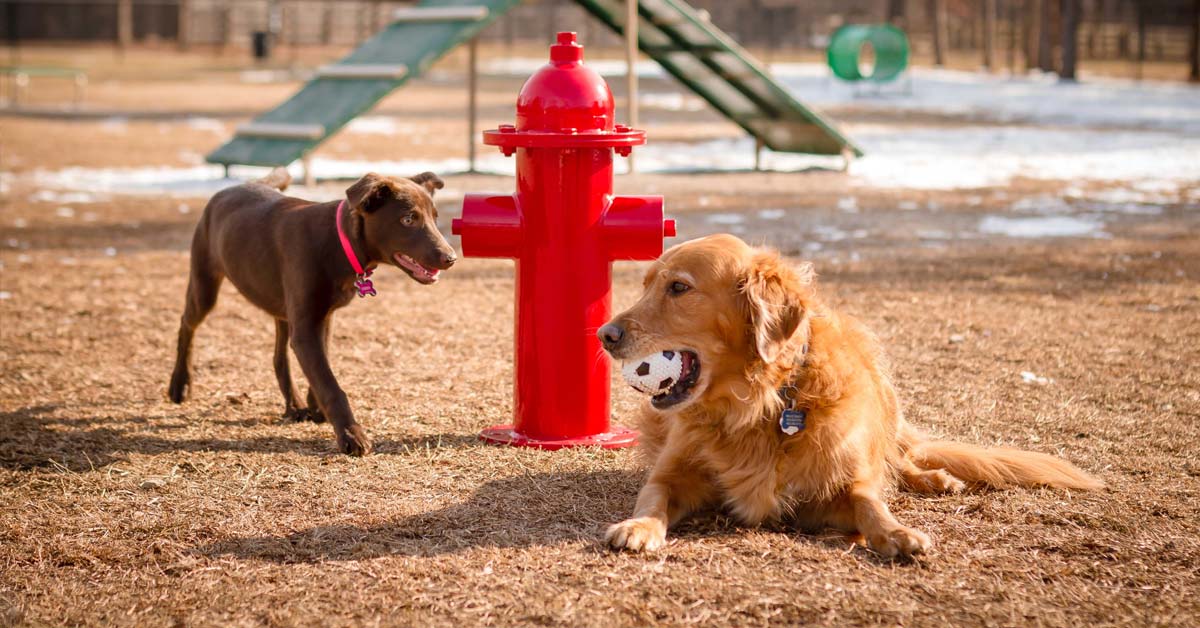
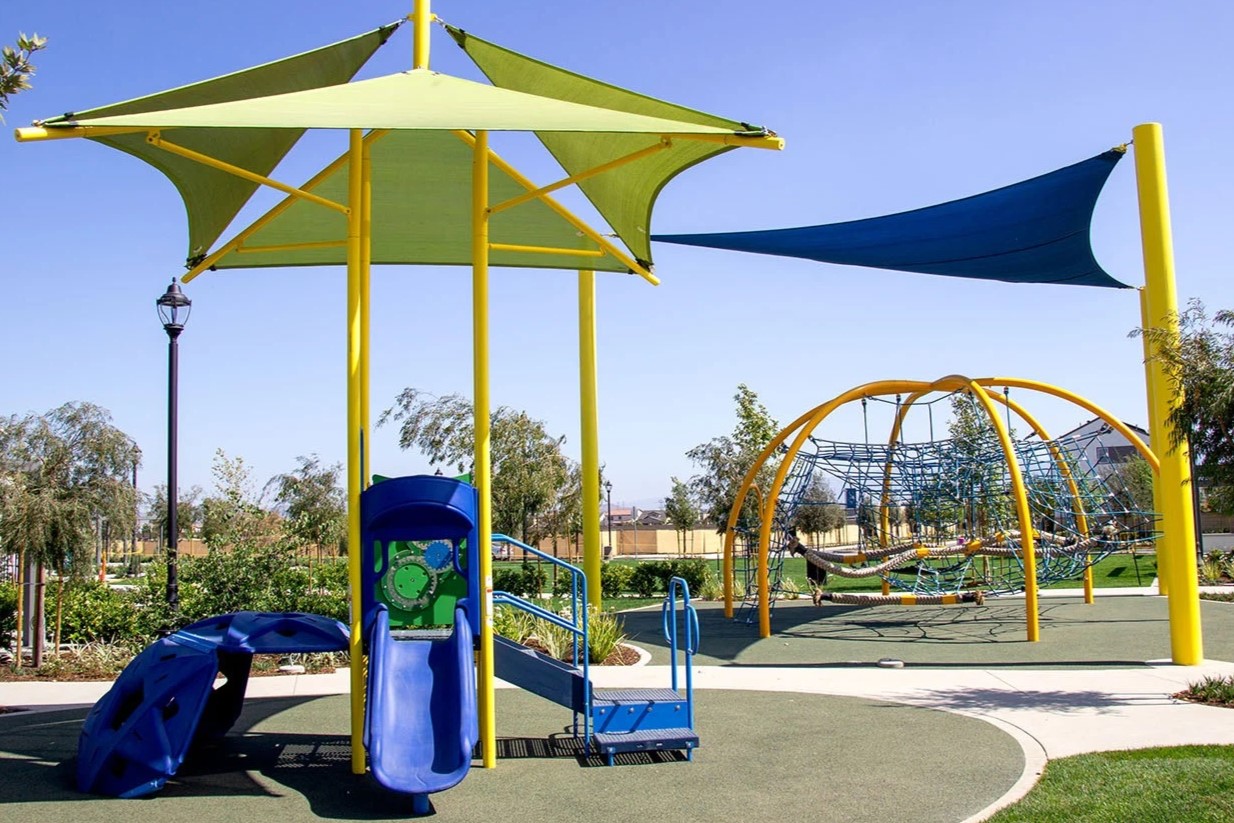
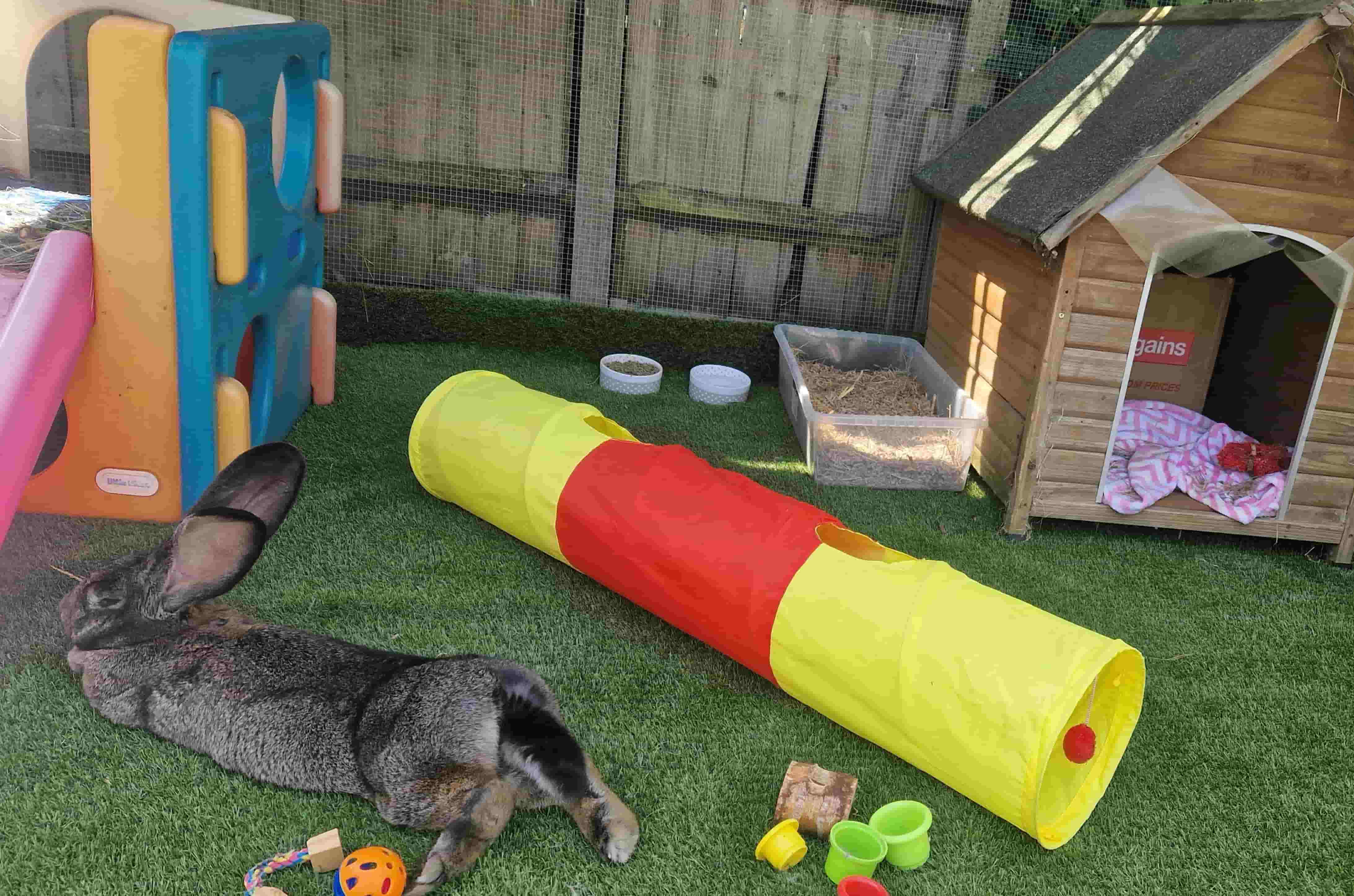
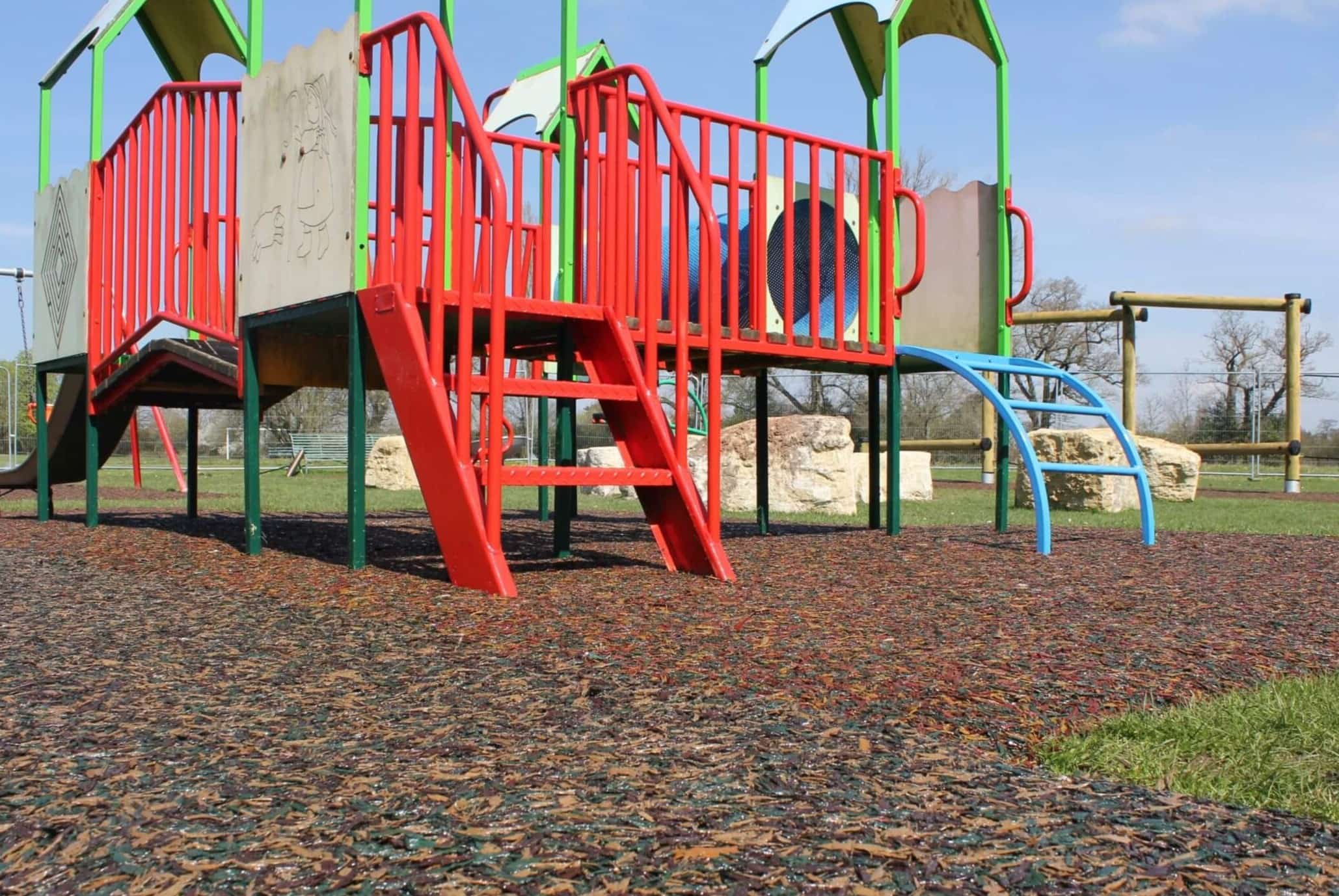
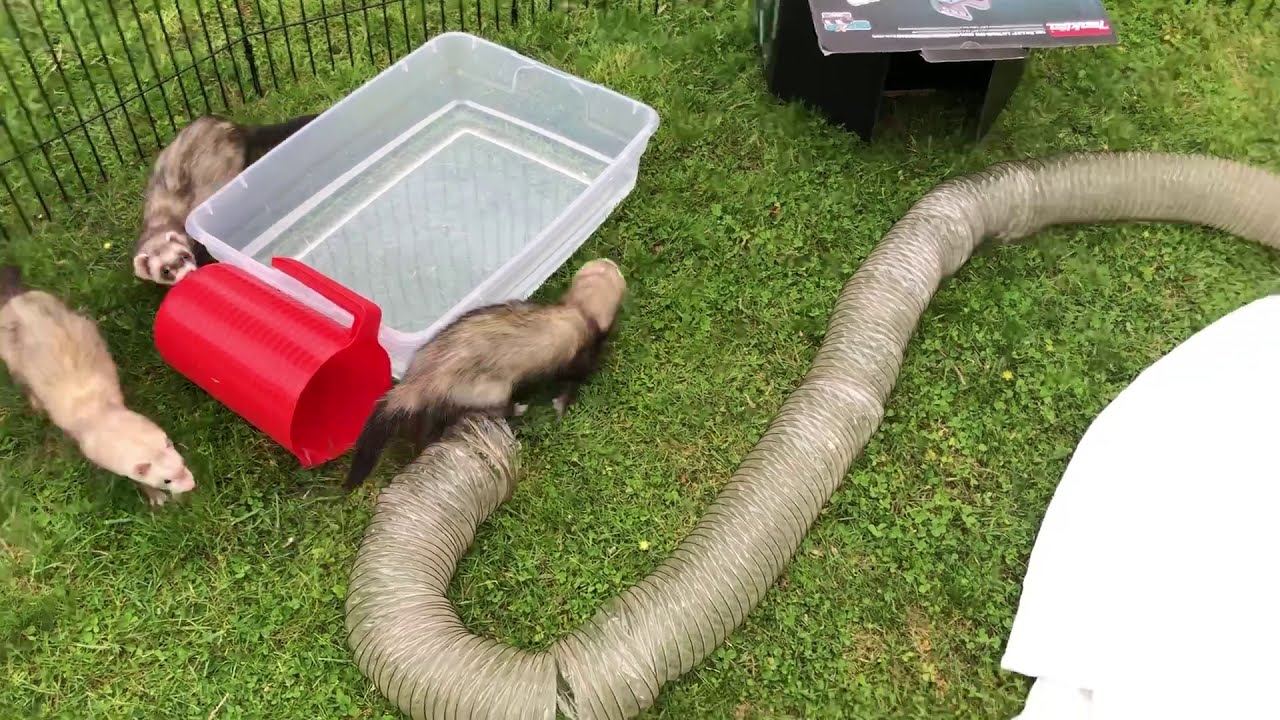
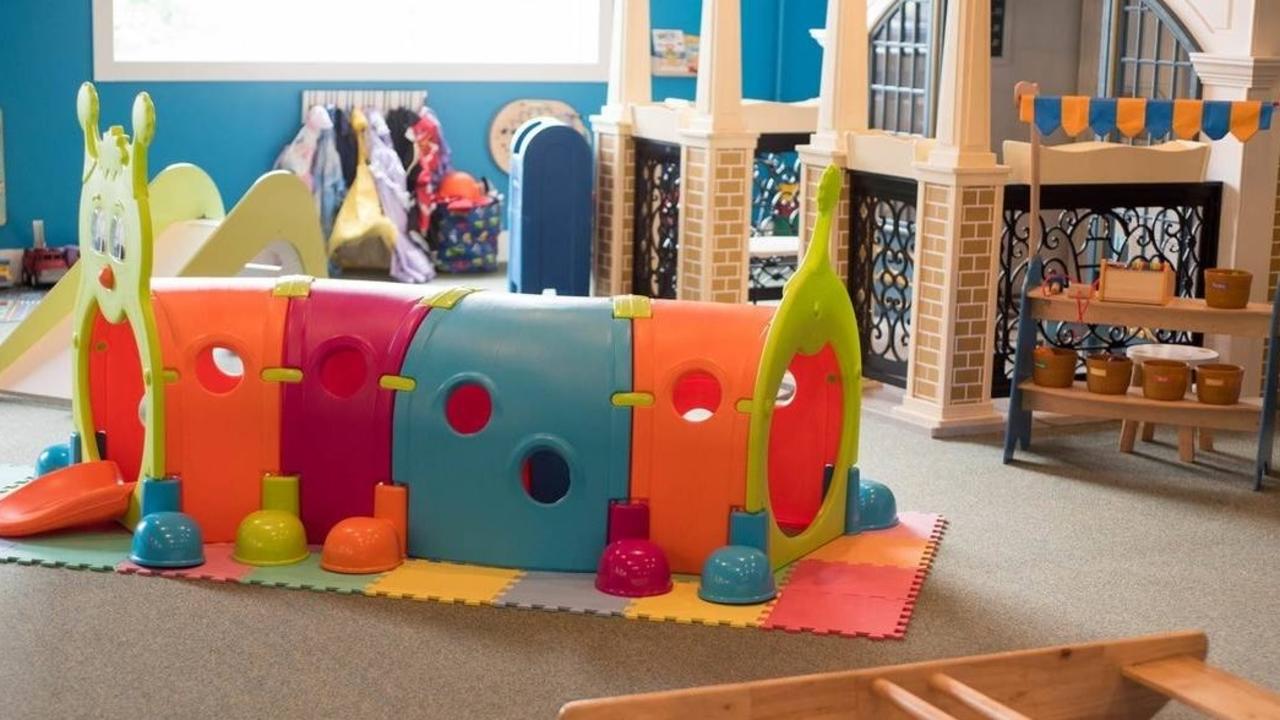

0 thoughts on “How To Set Up Play Area On A Steep Hill”